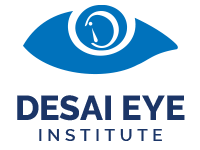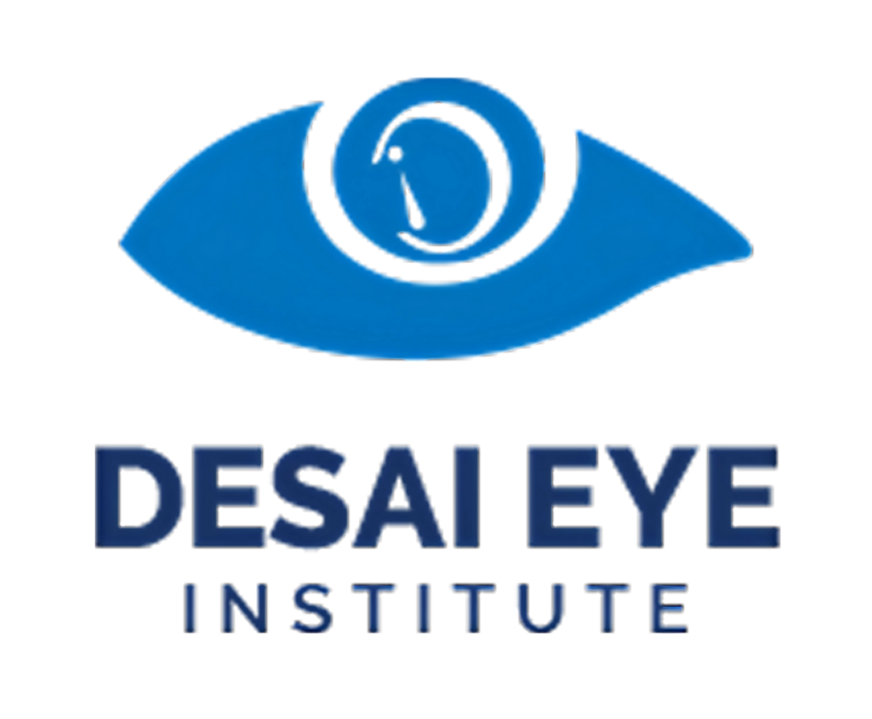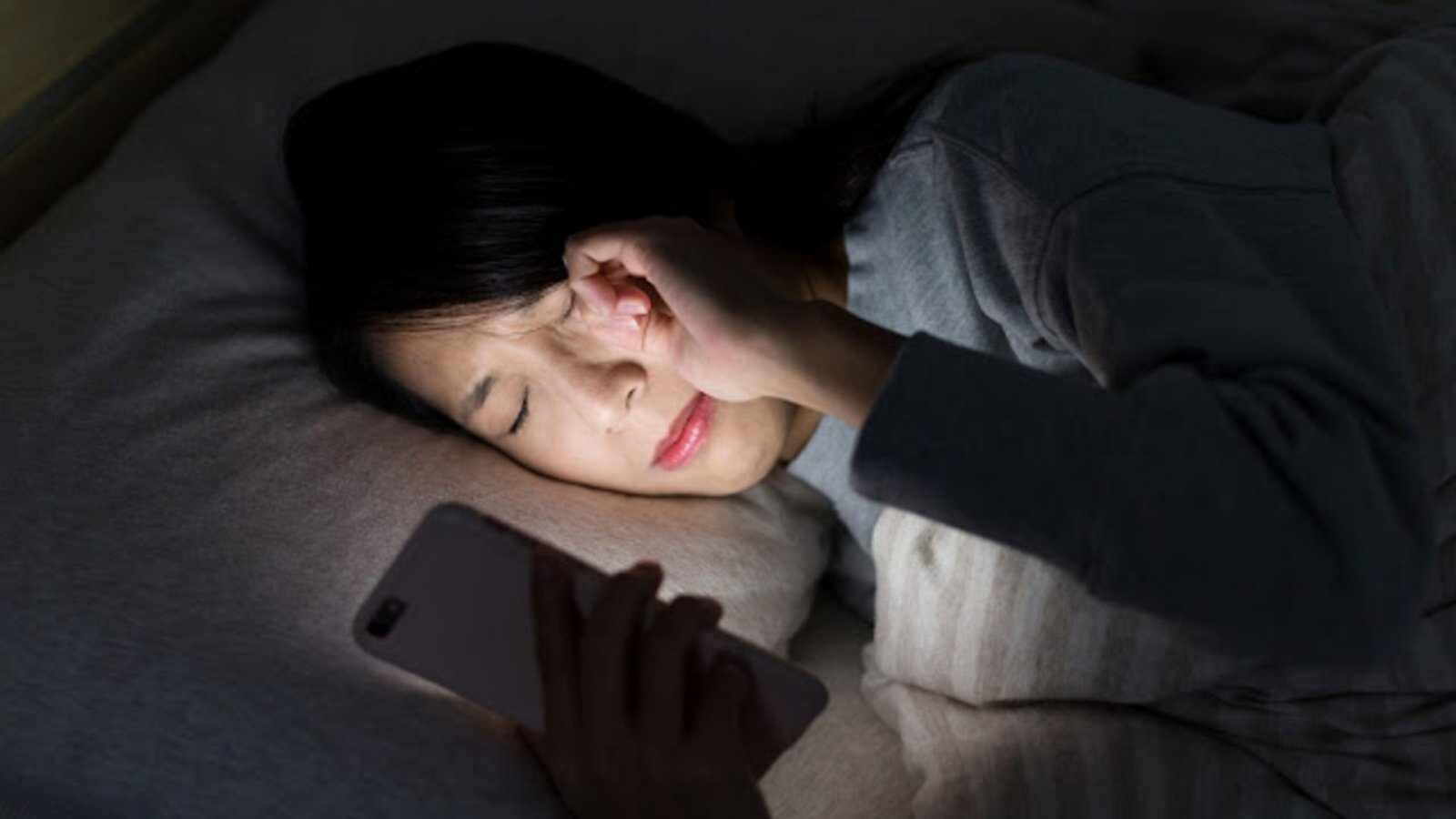In the current digital age, spending a lot of time in front of a screen is practically inevitable. Screen time has dramatically increased, whether on a computer, browsing on a smartphone, or streaming video on a tablet. Alongside this shift, there has been a rise in complaints related to digital eye strain—also known as computer vision syndrome—which is often linked to blue light exposure. At Desai Eye Institute Research Centre, widely regarded as the best eye hospital in Vadodara for advanced eye care, we emphasize the importance of managing screen-related eye issues through updated, research-backed guidelines.
What is Blue Light and Why is it Harmful?
The sun, LED lights, and computer screens all emit blue, high-energy visible light. While natural blue light helps regulate our sleep-wake cycles, excessive artificial exposure, especially during nighttime, can interfere with sleep patterns and cause eye discomfort. More importantly, blue light penetrates the eye deeply and may contribute to retinal stress over time. Although there is no conclusive evidence yet that blue light causes permanent eye damage, it plays a significant role in eye fatigue, blurred vision, headaches, and dry eyes.
Digital Eye Strain and Its Symptoms
Digital eye strain results from extended screen use without adequate breaks. Common symptoms include sore or tired eyes, dryness, blurred vision, and neck or shoulder pain. It affects all age groups, from school-going children to working professionals and the elderly. In recent years, post-pandemic lifestyle changes have accelerated screen dependency, making digital eye strain a more prevalent condition than ever before.
Updated Eye Care Guidelines for 2025
The latest eye health recommendations focus on behavioral, environmental, and clinical solutions:
- Observe the 20-20-20 Rule: Spend 20 seconds every 20 minutes staring at anything 20 feet away.
- Use Blue Light Filters: Enable night mode or blue light filtering on digital devices.
- Optimize Workstations: Maintain an ergonomic setup with proper screen brightness and distance.
- Artificial Tears for Dry Eye: Over-the-counter lubricating drops can reduce irritation and dryness.
- Regular Eye Checkups: Annual visits to a specialist are essential, especially if symptoms persist.
How Desai Eye Institute Can Help
Patient vision issues due to screens can receive expert assessments from Desai Eye Institute. Our skilled ophthalmologists evaluate screen-induced stress, retinal health, and tear quality using cutting-edge diagnostic equipment. As the leading supplier of dry eye care in Vadodara, we give customized treatment plans that incorporate prescription medications, lifestyle advice, and state-of-the-art therapies.
Conclusion
Managing blue light exposure and digital eye strain is essential in today’s screen-driven world. For expert care, guidance, and lasting relief, trust Desai Eye Institute Research Centre—the best eye hospital in Vadodara for advanced eye care and dry eye treatment. Prioritize your vision health today for a clearer tomorrow.


